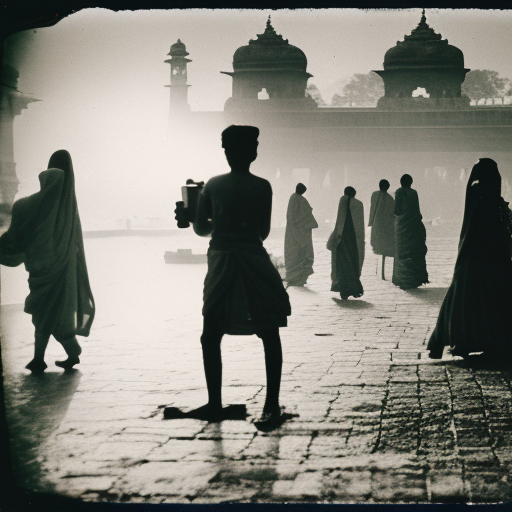The Maurya Empire: A Summary
The Maurya Empire was one of the most significant and influential empires in ancient Indian history. It was founded by Chandragupta Maurya in 322 BCE and lasted until 185 BCE. This empire played a crucial role in shaping the political, social, and cultural landscape of the Indian subcontinent.
Chandragupta Maurya and the Foundation of the Empire
Chandragupta Maurya, a young warrior and strategist, overthrew the Nanda dynasty and established the Maurya Empire. He was greatly influenced by the teachings of the philosopher Chanakya, also known as Kautilya or Vishnugupta. With Chanakya’s guidance, Chandragupta built a powerful army and successfully expanded his territory.
Ashoka the Great and the Golden Age
Chandragupta’s grandson, Ashoka, is considered one of the most remarkable rulers in Indian history. After a series of military conquests, Ashoka embraced Buddhism and adopted a policy of non-violence. He implemented a series of reforms aimed at promoting social welfare, such as building hospitals and providing free medical care. Ashoka’s reign is often referred to as the Golden Age of the Maurya Empire.
Administration and Governance
The Maurya Empire was known for its efficient administrative system. Chandragupta Maurya divided the empire into provinces, each governed by a viceroy. These viceroys were responsible for maintaining law and order, collecting taxes, and overseeing local administration. The empire also had a well-organized spy network to gather intelligence and ensure the loyalty of its subjects.
Economy and Trade
Under the Mauryas, the Indian economy flourished. The empire had an extensive network of roads and canals, which facilitated trade and commerce. The Mauryas encouraged agriculture and implemented irrigation projects to increase agricultural productivity. They also established a system of standardized weights and measures, which facilitated trade both within the empire and with foreign countries.
Religion and Culture
During the Maurya Empire, Buddhism gained significant prominence. Ashoka’s conversion to Buddhism and his efforts to spread the religion played a crucial role in its growth. However, the empire also embraced other religions, such as Hinduism and Jainism. The Mauryas patronized the arts and architecture, with the construction of grand stupas and pillars adorned with inscriptions detailing Ashoka’s policies and teachings.
Decline and Legacy
After Ashoka’s death, the Maurya Empire began to decline. Weak successors, regional rebellions, and external invasions contributed to its downfall. In 185 BCE, the last Mauryan ruler, Brihadratha, was assassinated by his general, Pushyamitra Shunga, who established the Shunga dynasty.
Despite its eventual decline, the Maurya Empire left a lasting legacy. It laid the foundation for a centralized and efficient administrative system that influenced future Indian empires. The empire’s promotion of Buddhism and its emphasis on social welfare had a profound impact on Indian society. The Mauryas’ economic policies and infrastructure development contributed to the growth of trade and commerce in the region.
In conclusion, the Maurya Empire was a significant period in Indian history. It was founded by Chandragupta Maurya, expanded under Ashoka the Great, and left a lasting impact on governance, religion, and culture. Despite its eventual decline, the Maurya Empire’s achievements continue to shape the Indian subcontinent to this day.












